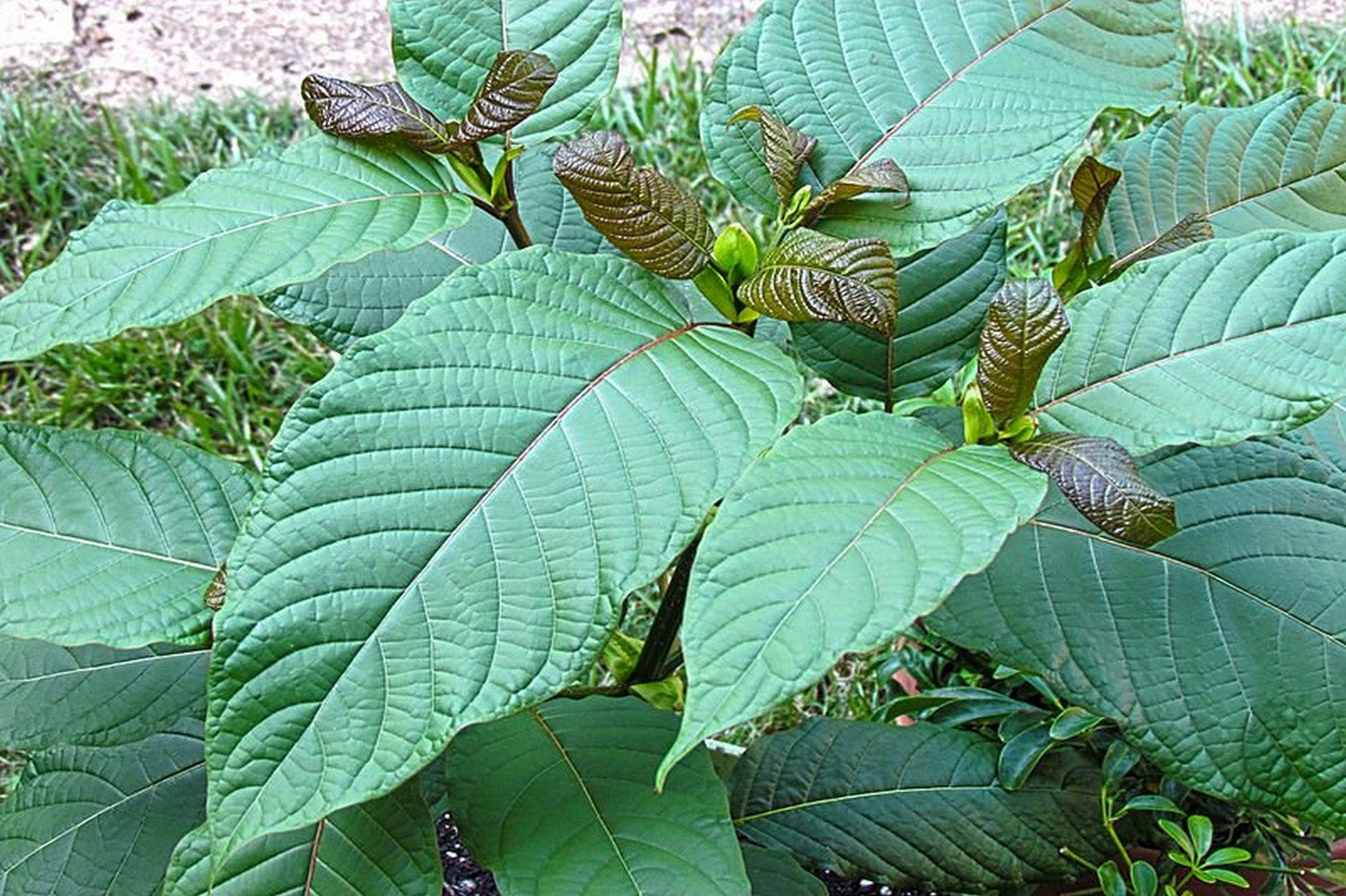
Kratom: A Natural Alternative for Pain Relief
As the search for effective, non-opioid alternatives for pain management continues, many have turned to a plant native to Southeast Asia: Mitragyna speciosa, commonly known as kratom. Kratom, utilized for centuries in its native lands for its potential therapeutic properties, is emerging as a natural option for pain relief. This article explores the potential of kratom as an alternative to conventional pain relief methods, its benefits, drawbacks, and considerations for safe usage.
What is Kratom?
Kratom is a tropical tree native to Southeast Asia, particularly Thailand, Indonesia, and Malaysia. The leaves of this tree contain compounds that interact with the body's opioid receptors, hence their potential for pain relief. Traditionally, these leaves were chewed, brewed into tea, or used in cooking by indigenous communities to alleviate various ailments such as pain, fatigue, and digestive issues.
Kratom for Pain Relief
The leaves of the kratom tree contain two primary active compounds: mitragynine. These alkaloids interact with the opioid receptors in the brain, potentially reducing the perception of pain. Unlike opioids, however, kratom does not cause respiratory depression, a major cause of opioid-related deaths.
Numerous anecdotal reports and preliminary studies suggest that kratom may be effective for both acute and chronic pain. People have reported successful management of pain associated with conditions such as arthritis, fibromyalgia, migraines, and back pain. Moreover, some have found kratom helpful in managing withdrawal symptoms from opioid dependence.
Benefits and Drawbacks
While kratom's potential benefits are appealing, it's important to approach its use with a balanced perspective. Besides pain relief, users have reported increased energy, enhanced focus, and reduced anxiety and depression. The effects experienced often depend on the strain and dosage. For instance, lower doses are said to provide stimulating effects, while higher doses are more sedating.
However, kratom usage also comes with potential drawbacks. The most common side effects include nausea, vomiting, constipation, dependence, and withdrawal symptoms. Moreover, the safety profile of long-term kratom use is not well studied, and there is a risk of contamination if not sourced responsibly.
Considerations for Safe Usage
Before considering kratom for pain relief, consult with a healthcare provider. They can provide guidance based on your health history and potential drug interactions.
The quality and purity of kratom products can vary greatly, making it essential to buy from reputable sources that provide third-party testing. This can help ensure the product is free from contaminants like heavy metals, pesticides, or other harmful substances.
Finally, remember that natural does not always equate to safe. Starting with low doses and monitoring your body’s response can be a cautious approach to using kratom.
Conclusion
Kratom's potential as a natural alternative for pain relief makes it an intriguing option in the ever-evolving field of pain management. While preliminary research and anecdotal reports suggest beneficial outcomes, further rigorous scientific studies are necessary to understand kratom's full effects, optimal dosing, and long-term safety profile. In the meantime, it's crucial for potential users to approach kratom use responsibly and under the guidance of a healthcare provider. The exploration of non-conventional pain management methods continues, and the story of kratom is an important chapter in this unfolding narrative.
